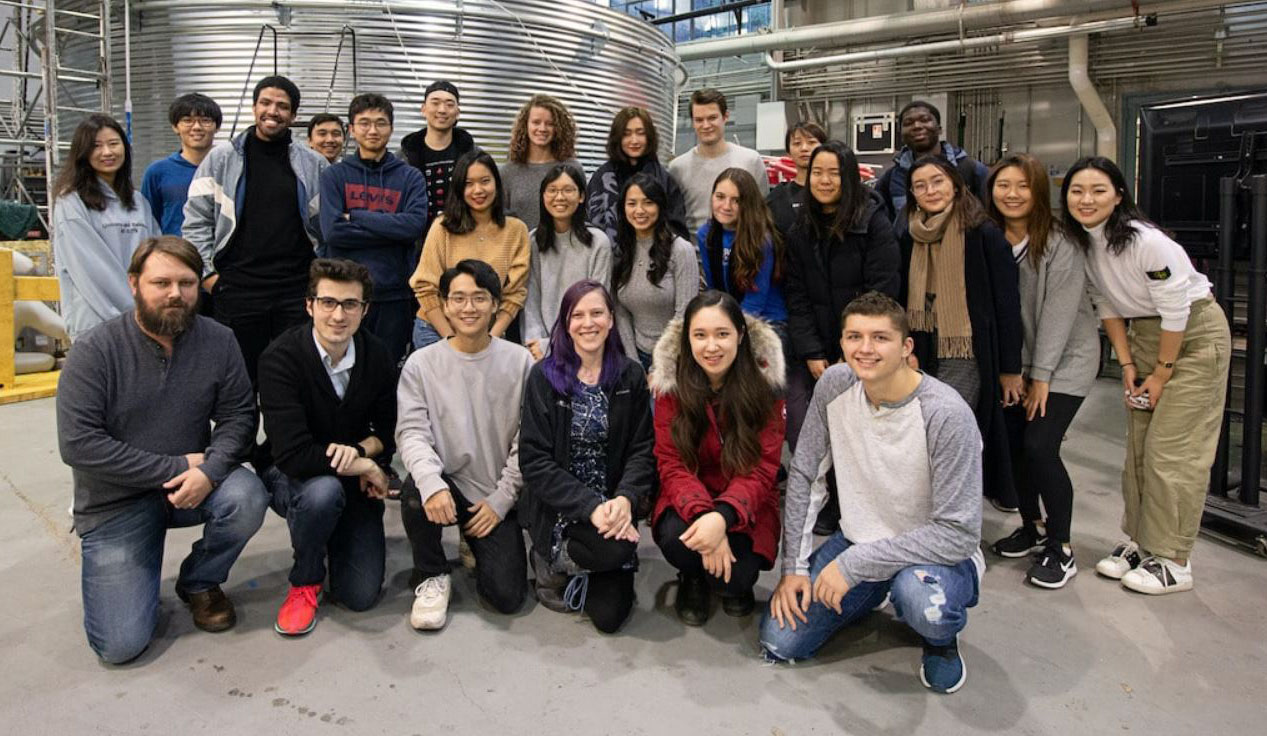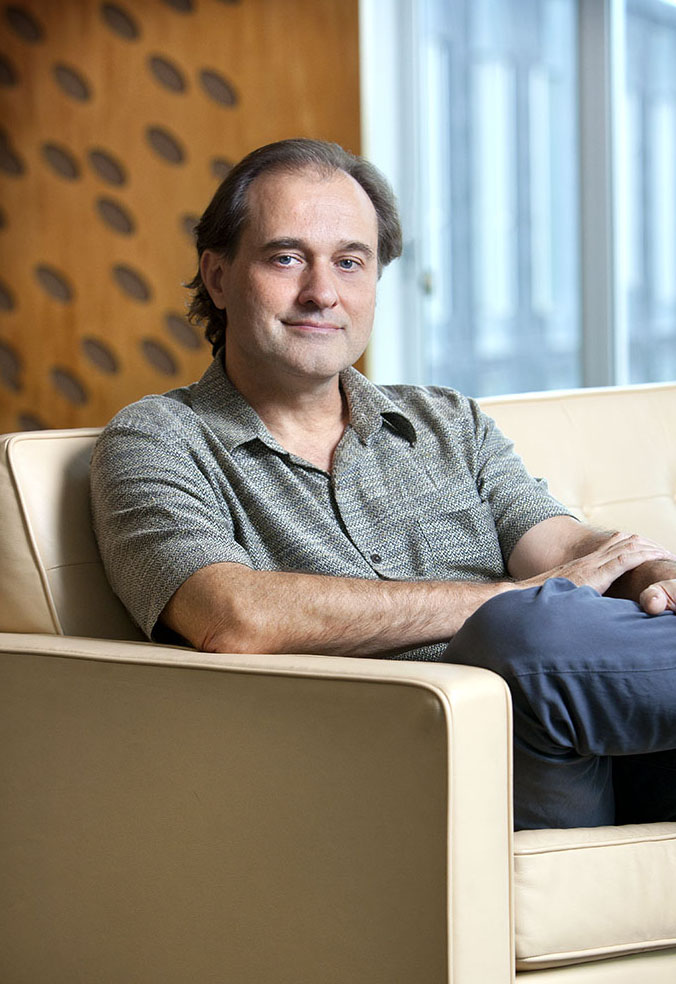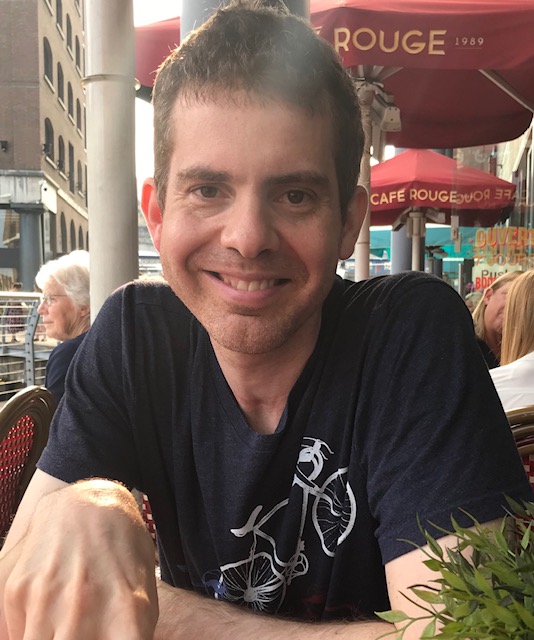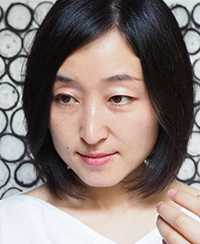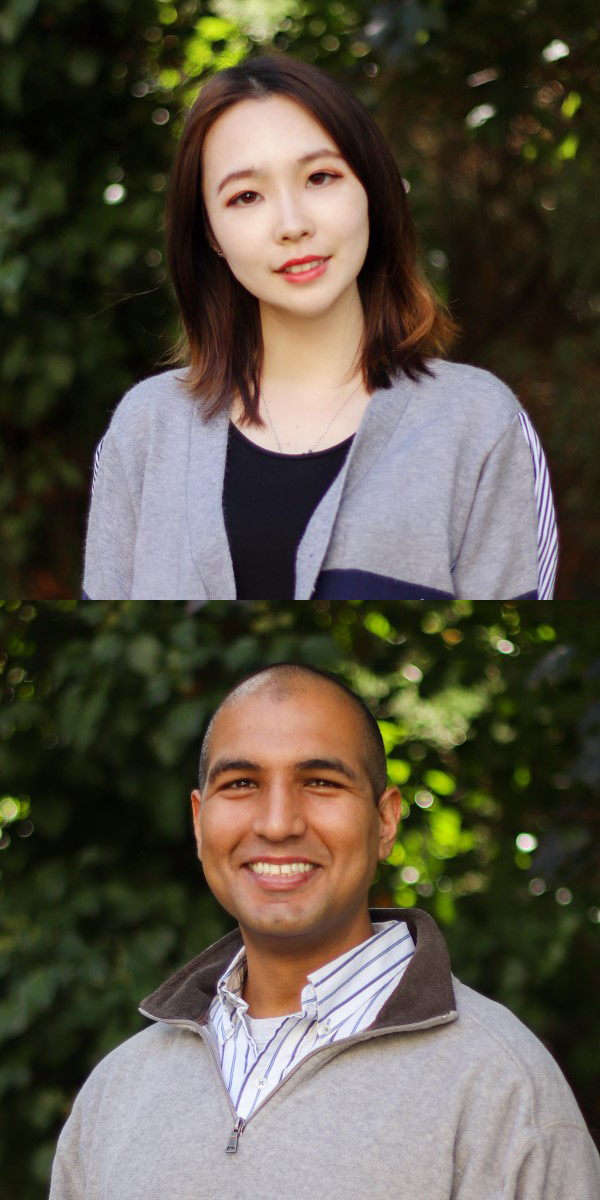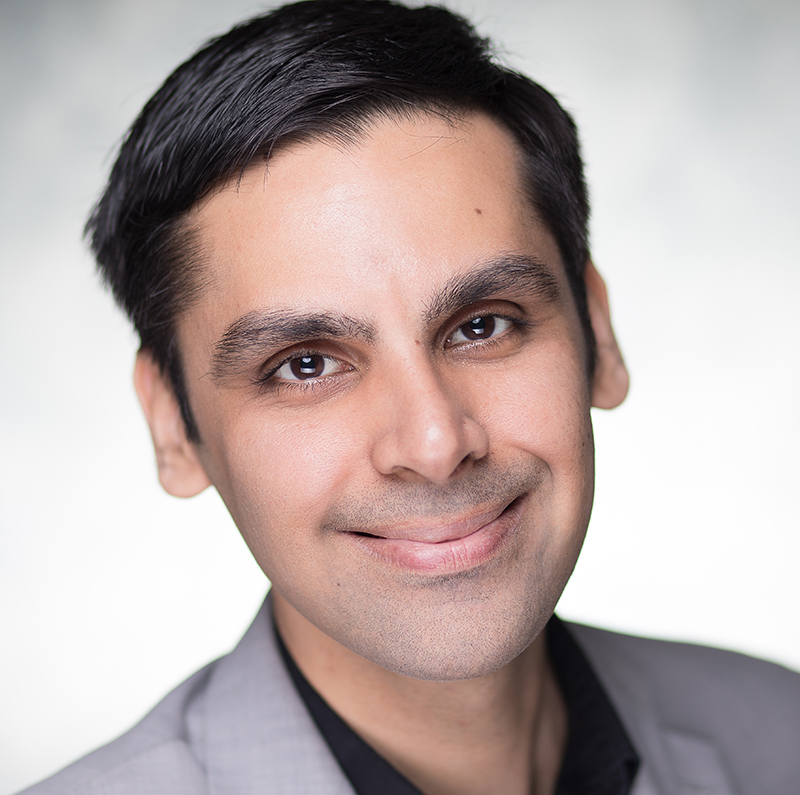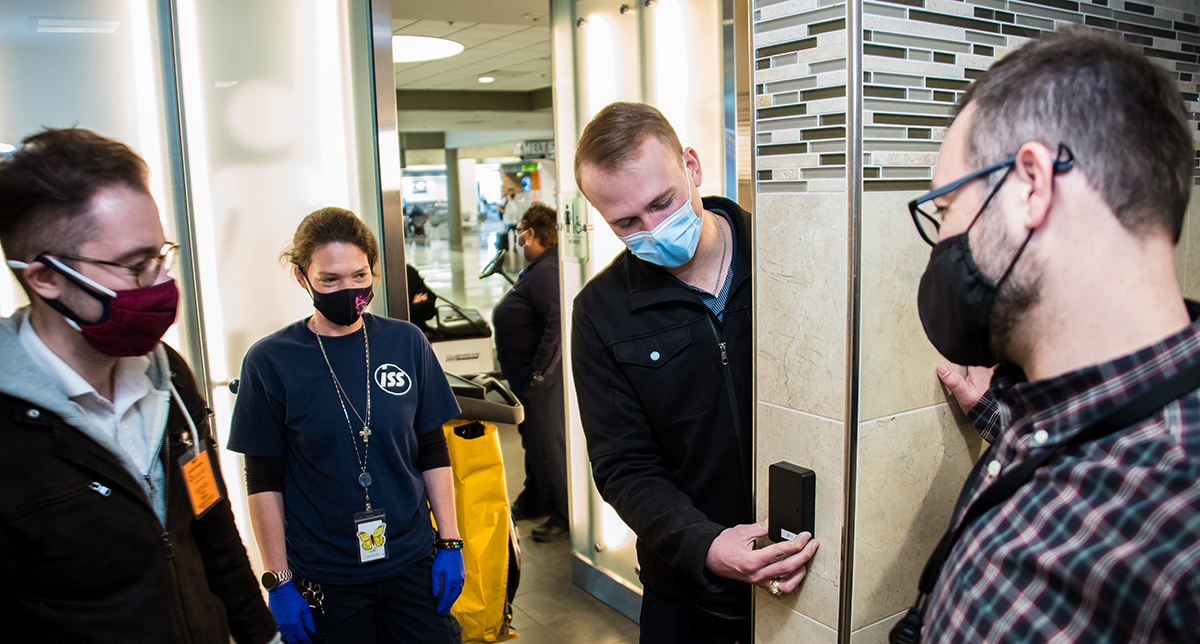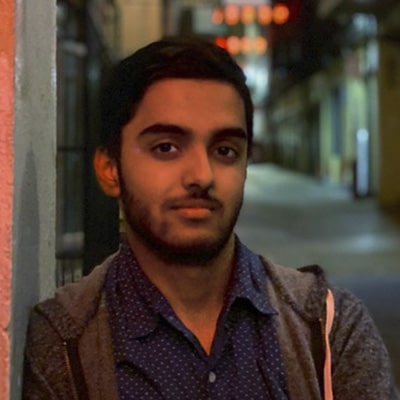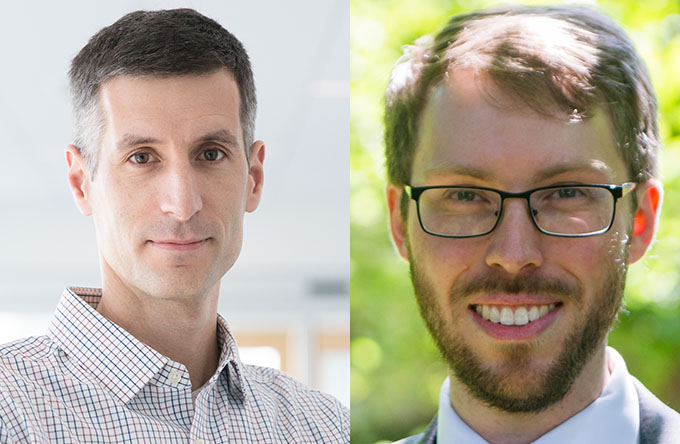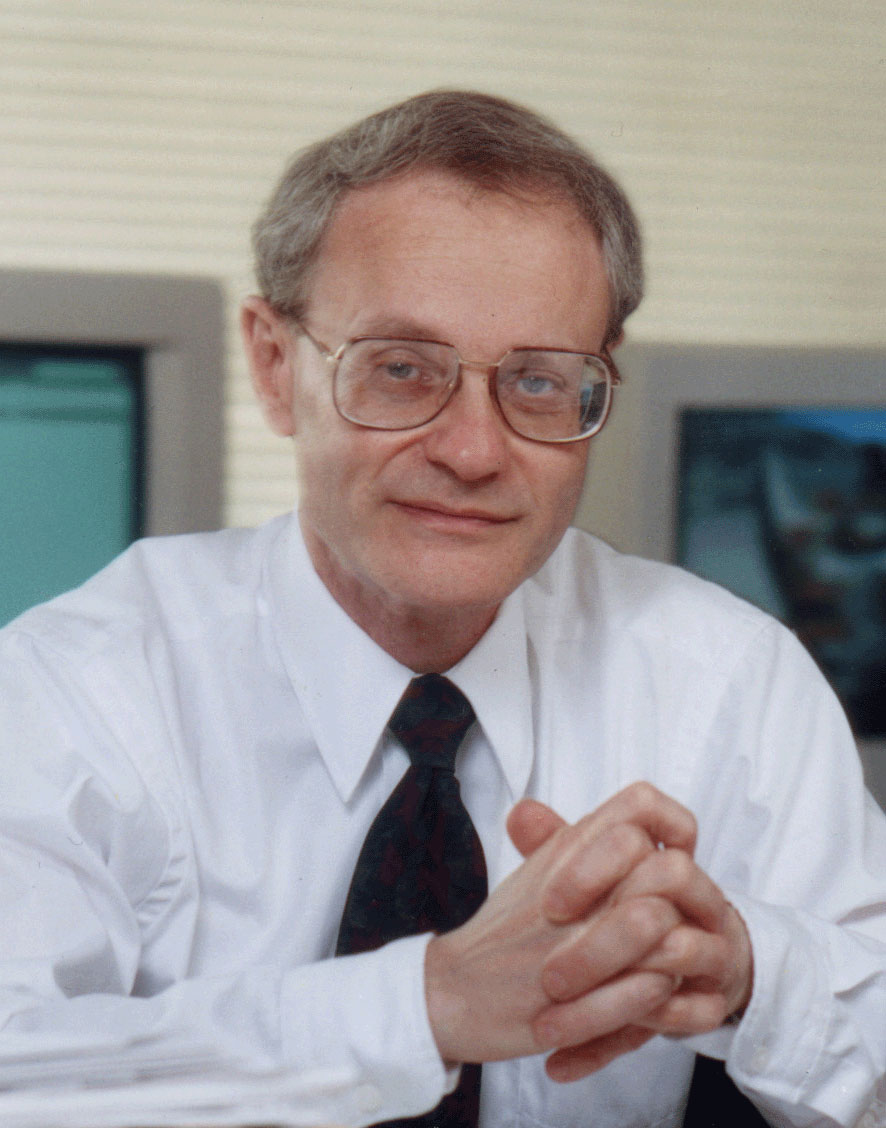Send Your Name to the Moon Through Iris Fundraising Effort
The Carnegie Mellon University team sending a tiny rover to the moon in 2021 has invited more people along for the ride. The Iris lunar rover team launched a crowdfunding campaign this week to raise $50,000 to help with the final costs of their lunar mission. Anyone who donates to the project will have their name stored on the rover. "Space is expensive," said Raewyn Duvall, a Ph.D. student in the Electrical and Computer Engineering Department and the deputy program manager of the Iris project. "We're always trying to find funding. This is really for the final push." The Iris rover will be the first American, the first student-developed, the smallest and the lightest rover to land on the moon. It is scheduled to fly there on a United Launch Alliance rocket this fall and touch down on the lunar surface aboard Astrobotic's Peregrine lander. The shoebox-sized, big-wheeled rover weighs about four pounds and has a team of more than 200 CMU students behind it. The team has set aside a section of its flash memory space for a file with the names of everyone who donates to their crowdfunding effort. "Anyone who donates, no matter the amount, will have their name aboard the rover's memory," said Divya Rao, a sophomore studying statistics and machine learning who serves as the project's systems management lead. "And you can say that your name is on the moon," added Duvall. Red Whittaker, a professor in the Robotics Institute and director of the Field Robotics Center, said that the project is a dream that has been years in the making. The greatest risk to success at this point is the lack of funding to complete the build, software, testing, lander integration, mission control and mission operations. "CMU has pioneered robots for land, sea, air. Our next frontier is the high frontier," Whittaker said. "We've got this one shot to beat the clock, make the launch, succeed with the technology and succeed in the mission." A final review with Astrobotic is looming, and the team's launch date cannot be pushed back. The rover is made of space-grade materials and carbon fiber, Rao said. The crowdfunding effort will help pay for the last flight components and for a series of tests needed to make sure Iris can handle the harsh environment on the moon. "And all that costs a lot of money," Rao said. The team has sent emails to students, faculty, staff and alumni about the crowdfunding campaign and raised more than $15,000 during the first two days. Rao said many fellow students donated to the project. "All of the students are really giving what they can on their student budgets," Rao said. "It's cool because they are going to be part of making history, and I'm really glad that they support this project."

